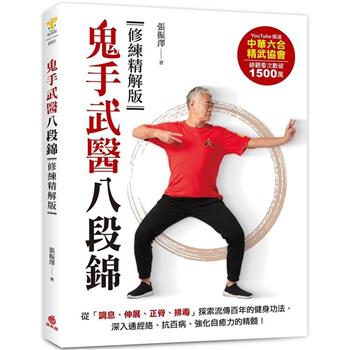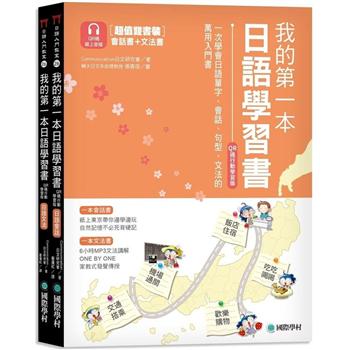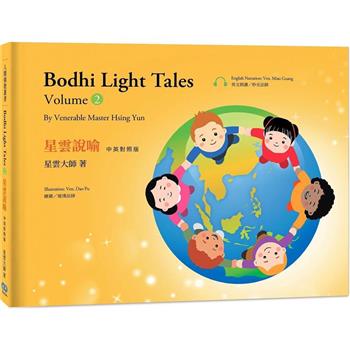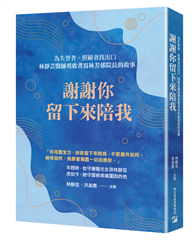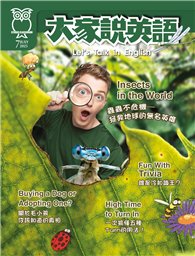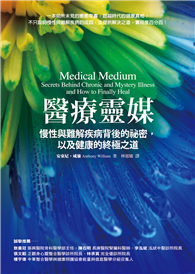This is a detailed historical report concerning the survey and re-marking of the boundary between the United States and Mexico, west of the Rio Grande, conducted between 1891 and 1896. Authored by the International Boundary Commission representing both the United States and Mexico, this comprehensive document is divided into two parts: the first being the Report of the International Commission, and the second, the Report of the United States section. It provides invaluable insights into the complex processes of international boundary demarcation during the late 19th century.
Offering a unique perspective on the challenges and methodologies employed in defining the border, the report covers the technical aspects of surveying and mapping. It’s a crucial primary source for historians, geographers, and political scientists studying U.S.-Mexican relations, borderland history, and the evolution of international boundaries. "Report Of The Boundary Commission Upon The Survey And Re-marking Of The Boundary Between The United States And Mexico West Of The Rio Grande, 1891 To 1896..." provides a significant contribution to understanding the historical context of one of the world’s most scrutinized borders.
This work has been selected by scholars as being culturally important, and is part of the knowledge base of civilization as we know it. This work was reproduced from the original artifact, and remains as true to the original work as possible. Therefore, you will see the original copyright references, library stamps (as most of these works have been housed in our most important libraries around the world), and other notations in the work.
This work is in the public domain in the United States of America, and possibly other nations. Within the United States, you may freely copy and distribute this work, as no entity (individual or corporate) has a copyright on the body of the work.
As a reproduction of a historical artifact, this work may contain missing or blurred pages, poor pictures, errant marks, etc. Scholars believe, and we concur, that this work is important enough to be preserved, reproduced, and made generally available to the public. We appreciate your support of the preservation process, and thank you for being an important part of keeping this knowledge alive and relevant.


